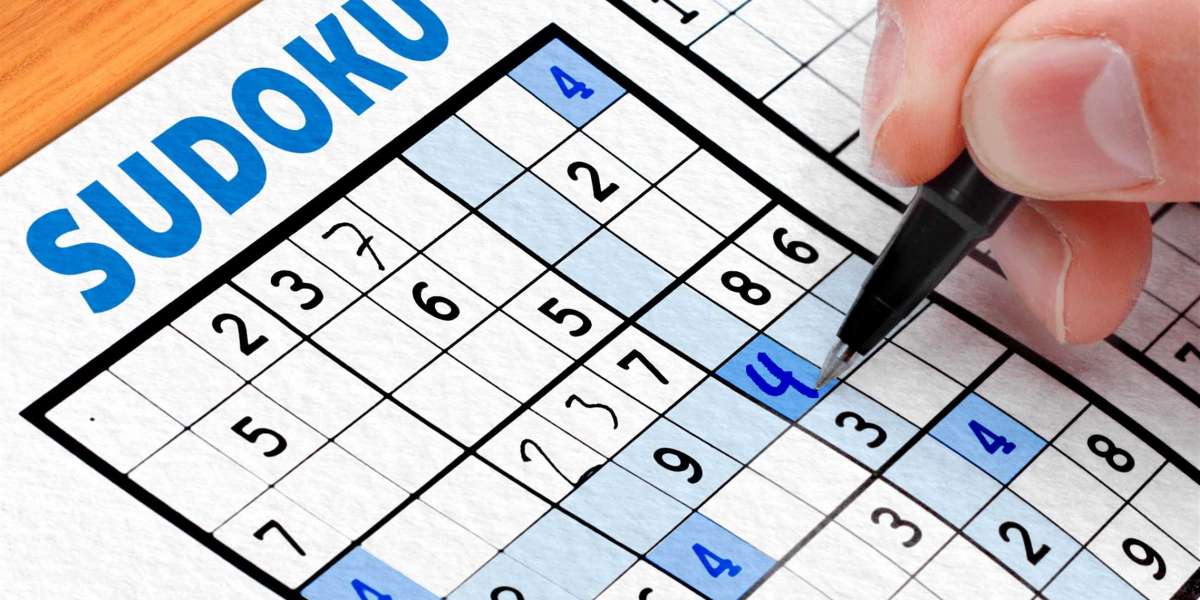The Moment I Got Hooked
At first, Sudoku looked simple. Nine rows, nine columns, nine little boxes—how hard could it be? The goal was clear: fill every square with numbers 1 to 9 without repeating them in any row, column, or box. Easy enough, right?
Wrong.
My first puzzle took me 40 minutes and three restarts. I made mistakes I didn’t even understand, like putting the same number twice in one column without realizing it. But when I finally solved it, that tiny “Congratulations!” message on the screen felt oddly satisfying. It wasn’t just about getting it right—it was the journey from confusion to clarity. That’s what hooked me.
The Beauty of Simplicity
What I love most about Sudoku is how it tricks you. The rules are so simple that anyone can learn them in a minute, but actually solving the puzzles? That’s another story. It’s like life in a way—simple ideas, complex execution.
Over time, I realized that Sudoku isn’t really about math; it’s about logic and pattern recognition. There’s something meditative about it. When I play, my brain shifts gears—I stop worrying about deadlines or notifications. It’s just me and the puzzle. Every time I place a number, it feels like a small victory, a whisper that says, “You’re getting closer.”
When Sudoku Tests Your Patience
Of course, not every session is peaceful. There are moments when Sudoku drives me absolutely nuts. You know that feeling when you think you’ve got everything right, and suddenly one square ruins the whole board? It’s like baking a perfect cake and realizing you forgot the sugar.
Once, I spent almost an hour on a “Hard” puzzle. I was convinced I had it figured out until I reached the last three squares. Nothing fit. I had painted myself into a logical corner. I sighed, deleted half the board, and started again. That puzzle taught me a quiet lesson in humility. Sudoku doesn’t reward haste—it rewards observation.
The Joy of the “Aha!” Moment
There’s a particular kind of joy that comes with solving a tough Sudoku. It’s not the loud, celebratory kind of joy—it’s quieter, deeper. You sit there, staring at the screen, and suddenly your brain clicks. The missing number reveals itself like a magician’s trick.
I remember one night when I couldn’t sleep and decided to try a puzzle before bed. It was labeled “Expert.” I almost gave up halfway through, but something kept me going. When I finally placed the last number, I felt a wave of calm satisfaction. My mind, which had been restless all night, suddenly felt peaceful. I didn’t realize it then, but Sudoku had become my form of meditation.
How Sudoku Changed My Thinking
It might sound dramatic, but Sudoku genuinely changed how I approach problems in real life. I used to rush into solutions, guessing until something worked. Now, I take my time. I look for patterns, rule out the impossible, and build from what I know—just like in the game.
Even in my work, when I’m analyzing data or brainstorming ideas, I notice that Sudoku habits sneak in. I break big problems into smaller sections, test possibilities, and check for logical consistency. It’s funny how something that started as a puzzle can become a philosophy.
My Little Tricks for Playing Better
After years of playing (and failing) more puzzles than I’d like to admit, I’ve developed a few small habits that help:
Scan first, don’t rush. Before writing anything, I take a few seconds to scan the board. Sometimes the obvious numbers jump out.
Work in layers. Start with the easiest placements, then go back and fill in the gaps. It’s like painting—broad strokes first, details later.
Use logic, not luck. Guessing almost always backfires. If you can’t explain why a number fits, it probably doesn’t.
Take breaks. When stuck, walk away. It’s amazing how often the solution appears when you return with a clear mind.
These might sound basic, but they’ve saved me from countless wrong turns.
The Funny Side of Playing Sudoku
Not every Sudoku session is zen and wisdom. Sometimes it’s downright funny. I once played on a flight, feeling super confident—until I realized I’d been filling in the wrong row for ten minutes straight. The person next to me probably thought I was trying to invent a new math formula.
And yes, there are moments when I talk to the puzzle. Out loud. “Come on, there’s got to be a 6 here somewhere!” It’s a weird mix of frustration and affection, like arguing with a friend you can’t stay mad at.
When Sudoku Becomes More Than a Game
These days, Sudoku is my little daily ritual. I play a puzzle every morning before diving into work. It’s like a warm-up for my brain—quiet, focused, and strangely therapeutic. Some people meditate, others journal. I solve Sudoku.
What surprises me is how universal it is. My dad plays it on paper every evening. My best friend does it on her tablet during lunch breaks. It’s a simple game, but it connects people across ages and backgrounds. We all share that same tiny thrill when the last number clicks into place.
The Lesson Hidden in the Grid
If I’ve learned one big thing from Sudoku, it’s that clarity doesn’t come from rushing. It comes from slowing down, looking carefully, and trusting logic over impulse. Every puzzle teaches patience, discipline, and a quiet kind of joy—the kind that comes from solving something just because you can.








